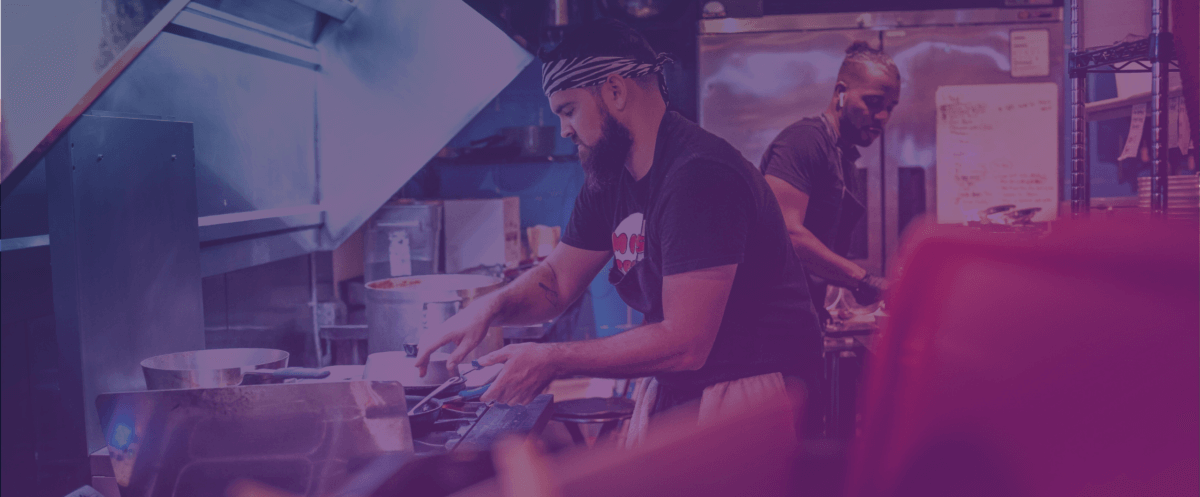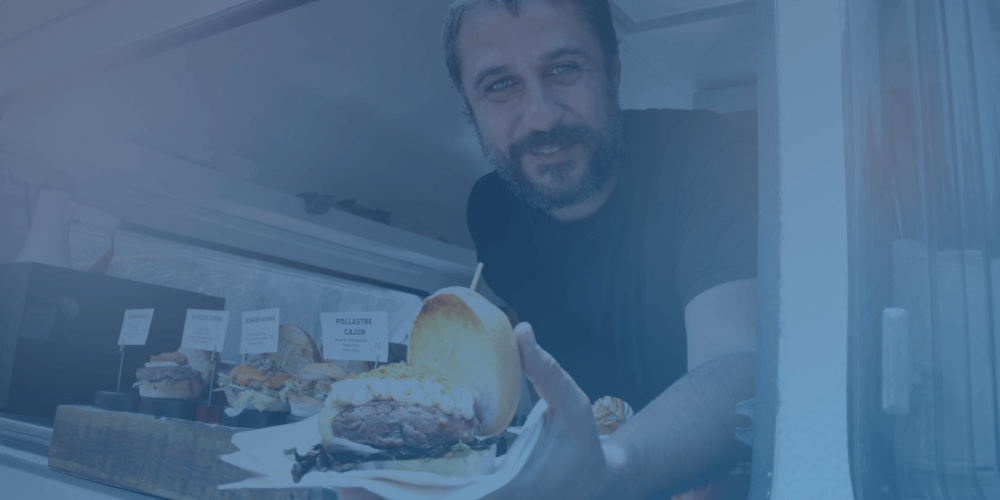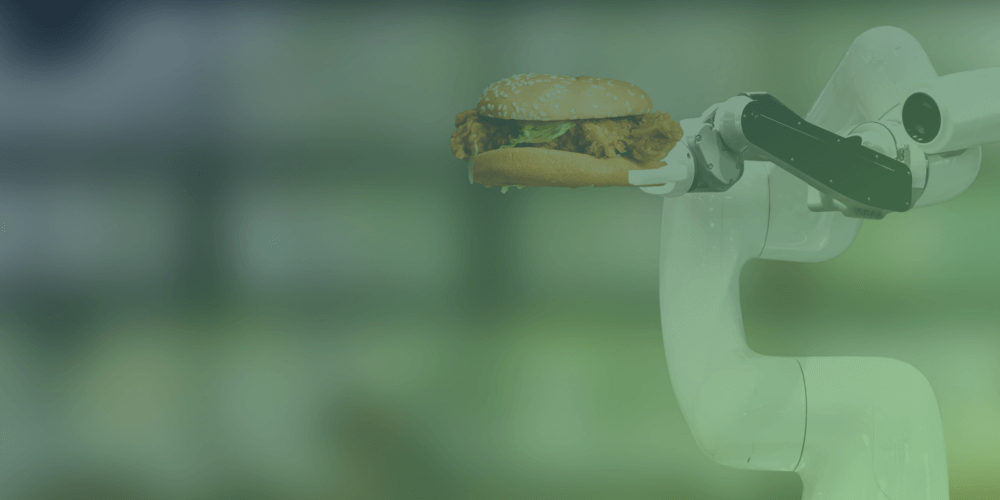There are a lot of ways data can be manipulated, analyzed and populated to help users identify trends and patterns. Data analysis continues to elbow its way into the restaurant industry to help operators understand where their money’s going. In today’s day and age of upgraded technology, we’re often surprised at the number of multi-unit operations still using pen and paper. In today’s fast-paced climate, outdated practices like that just aren’t feasible if restaurants want to keep up with their competition.
So, where are restaurants finding this data and what are they doing with it? Some of the most important ways restaurants are driving performance by applying insights from advanced analytics include:
Menu Optimization
Analytics provide restaurants with a means to analyze their menus and suggest adjustments that can deliver substantial and quantifiable improvements. Looking closely at performance metrics, analytics may reveal your menu is too diverse and lacks focus, which can tax operations with slow service. At the other end of the spectrum, analytics can reveal that a too-narrow menu results in opportunity costs, including lower sales and missed add-on opportunities. Menu engineering and optimization, based on insights gleaned from analytics, can find the perfect menu balance, one that maximizes customer satisfaction, operational efficiency, and profits.
Personalized Customer Experiences
One of the significant advantages of leveraging data in the restaurant business is the ability to personalize customer experiences. Competitors are collecting and analyze customer data such as dining preferences, dietary restrictions, and past order history to create tailored recommendations and offers. By using data analytics, restaurants can anticipate customer needs, provide personalized menus, suggest complementary dishes, and even offer special promotions based on individual preferences. This level of personalization not only enhances customer satisfaction but also fosters long-term loyalty.
Staff Training and Performance
Competitors can use data to evaluate staff performance and training needs. By analyzing customer feedback, ratings, and employee performance data, they can identify areas where staff training is required and implement targeted training programs to improve service quality and customer satisfaction.
Menu Optimization
Data analytics plays a crucial role in menu optimization for restaurant competitors. By analyzing sales data, customer feedback, and market trends, competitors can identify the most popular and profitable dishes while identifying underperforming ones. Data-driven insights allow restaurants to make informed decisions about menu adjustments, including pricing, ingredient substitutions, and seasonal offerings. This approach helps maximize profitability, reduce waste, and ensure that menus are always enticing to customers.
Customer Segmentation
You have regular customers who allow you to predict some things, but what about the rest of your frequenters? Analytics allows restaurants to segment customers among an endless variety of defining metrics: buying preferences, demographics, frequency of visits, when they visit, average spending, etc. Knowing these extremely important details provides insights that can lead to enhanced service and improved customer engagement. Personalized promotions that are highly relevant to different customer segments are an opportunity to boost profits and enhance customer satisfaction. These opportunities are enabled by analytics!
Efficient Supply Chain Management
Data analytics enables restaurant competitors to streamline their supply chain management processes. By integrating data from various sources, including suppliers, distributors, and inventory management systems, competitors can gain real-time insights into ingredient availability, pricing fluctuations, and order tracking. This data-driven approach helps optimize inventory levels, reduce food waste, negotiate better contracts with suppliers, and ensure that ingredients are always fresh and available. Efficient supply chain management leads to cost savings and enables competitors to deliver high-quality dishes consistently.
Staff Optimization
Where are you falling down when it comes to labor spend? Realizing ultimate performance and profits is impossible without optimizing labor efficiencies. Staff optimization via analytics can audit at both macro (weekly and monthly) and micro (hourly or by shift) levels, to create an informed and effective staff schedule that meets operational and customer demands.
And it’s not just about cutting costs through demand forecasting (although that’s a major benefit). Staff optimization metrics can measure staff performance, human resources allocations and much more. Analytics provides a comprehensive platform to study, review and measure staff across the widest range of performance metrics.
Customer Visit Analysis
Restaurants can drill down into the data as deeply as needed to analyze customer data: which days and shifts are busiest, which menu items perform best at what times, which promotions are worth the effort, when can staff be reduced and more. Look at slices of data over single shifts, days, weeks, quarterly, etc. Restaurants can fine-tune and optimize knowing their decisions are backed by the data.
Online Reputation Management
In the digital age, online reputation plays a vital role in the success of restaurants. Competitors are leveraging data analytics to monitor and manage their online presence effectively. They track online reviews, social media mentions, and customer feedback to identify areas for improvement and respond promptly to customer concerns. By analyzing sentiment analysis and customer sentiment trends, competitors can make data-driven decisions to enhance their brand reputation and ensure positive customer experiences.
Operations Support
Analytics allows restaurants to improve operations and optimize service across the board. It can improve the speed of service, boost staff efficiency, eliminate whole categories of back-office work, suggest menu improvements, reduce food waste, and much more. The ability to isolate data and extract actionable insights is an invaluable tool for supporting and improving operations.
Loyalty Programs and Customer Retention
Data analytics enables competitors to implement loyalty programs and customer retention strategies effectively. By tracking customer behavior, preferences, and purchase patterns, they can identify loyal customers, offer personalized rewards, and tailor marketing efforts to drive repeat business and enhance customer loyalty.
Hopefully, we’ve convinced you of the important ways in which your restaurant competitors are leveraging data to improve operations. As we mentioned earlier, not taking advantage of these opportunities that your staff, inventory, POS system, and customers are providing you simply won’t help you be competitive. You might be doing a good job of managing these variables manually now, but if you want to scale, you’ll need to implement a restaurant management software that can not only handle all of your systems but help you lower your cost of goods and labor. Contact us today to see how Decision Logic gives you the tools to unlock your data and let us help propel you forward!




